Canine aggression is a common problem among dogs that can cause serious harm to their owners, other animals, and even themselves. Understanding the root cause of aggression is crucial in order to address it effectively. In this article, we will explore the different types of canine aggression and the steps that can be taken to manage and prevent it.
Types of Canine Aggression
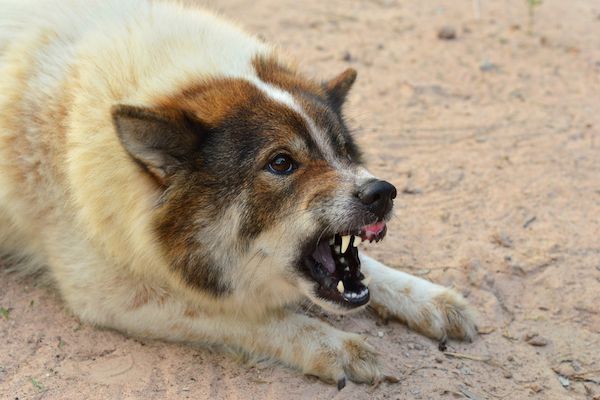
- Protective Aggression: This type of aggression is triggered when a dog feels the need to protect its territory, owner, or resources. This can manifest as growling, barking, snarling, or biting.
- Fear Aggression: Fear aggression is triggered when a dog feels threatened or scared. This can be caused by unfamiliar people, animals, or situations. Dogs with fear aggression may retreat or try to escape, but if they feel cornered, they may become aggressive.
- Redirected Aggression: This type of aggression occurs when a dog is unable to reach the target of its aggression and redirects it towards another person or animal. This can happen when a dog is restrained or unable to reach its intended target.
- Inter-dog Aggression: This type of aggression occurs between dogs and can be caused by a variety of factors, including competition for resources, social dominance, or fear.
Managing Canine Aggression
Managing canine aggression can be a complex process that requires patience, consistency, and professional guidance. Here are some steps that can be taken to manage and prevent aggression:
- Identify Triggers: The first step in managing aggression is to identify the triggers that cause it. This can include certain people, animals, or situations. Once the triggers are identified, they can be managed or avoided.
- Positive Reinforcement: Positive reinforcement can be used to reward good behavior and discourage aggressive behavior. This can include treats, praise, or toys.
- Training: Professional training can be beneficial in managing aggression. This can include obedience training, socialization, and desensitization exercises.
- Medication: In some cases, medication may be necessary to manage aggression. This should always be done under the guidance of a veterinarian.
Preventing Canine Aggression
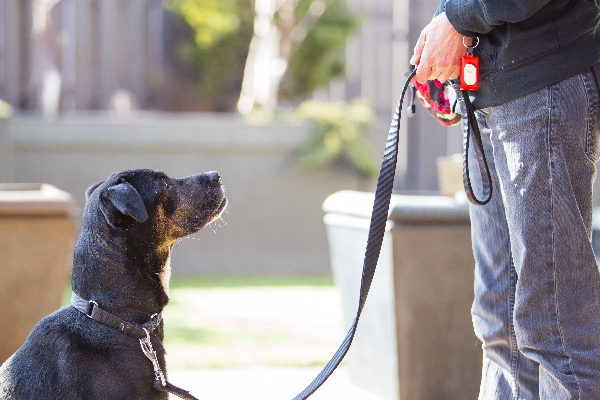
Preventing canine aggression is always the best approach. Here are some steps that can be taken to prevent aggression:
- Early Socialization: Early socialization is crucial in preventing aggression. This involves exposing puppies to different people, animals, and situations in a positive and controlled environment.
- Positive Reinforcement Training: Positive reinforcement training can help prevent aggression by promoting good behavior and discouraging bad behavior.
- Spaying or Neutering: Spaying or neutering can reduce the likelihood of aggression in dogs.
- Avoiding Punishment: Punishing a dog for aggressive behavior can make the problem worse. Instead, positive reinforcement and professional guidance should be used to manage aggression.
By understanding the different types of canine aggression and taking steps to manage and prevent it, dog owners can keep their pets and others safe from harm. With patience, consistency, and professional guidance, even the most aggressive dogs can be trained to become well-behaved companions.

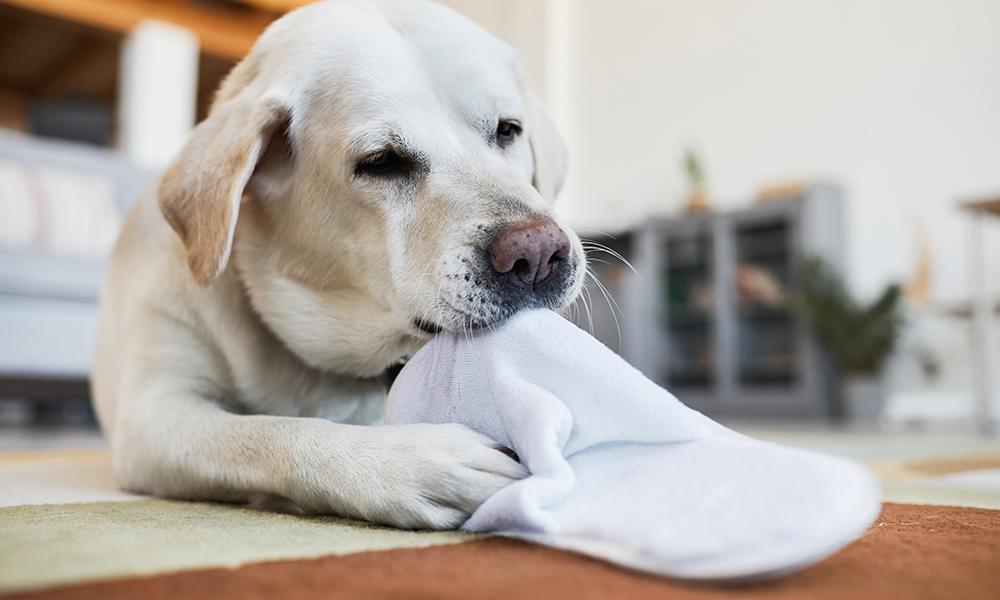


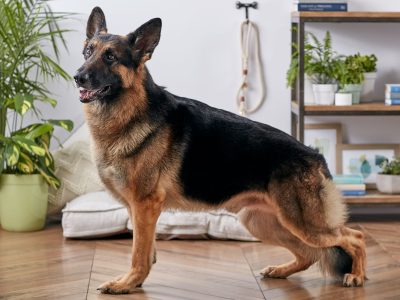


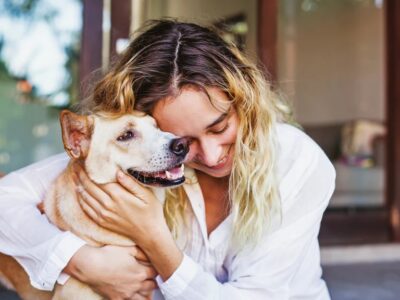




Comments